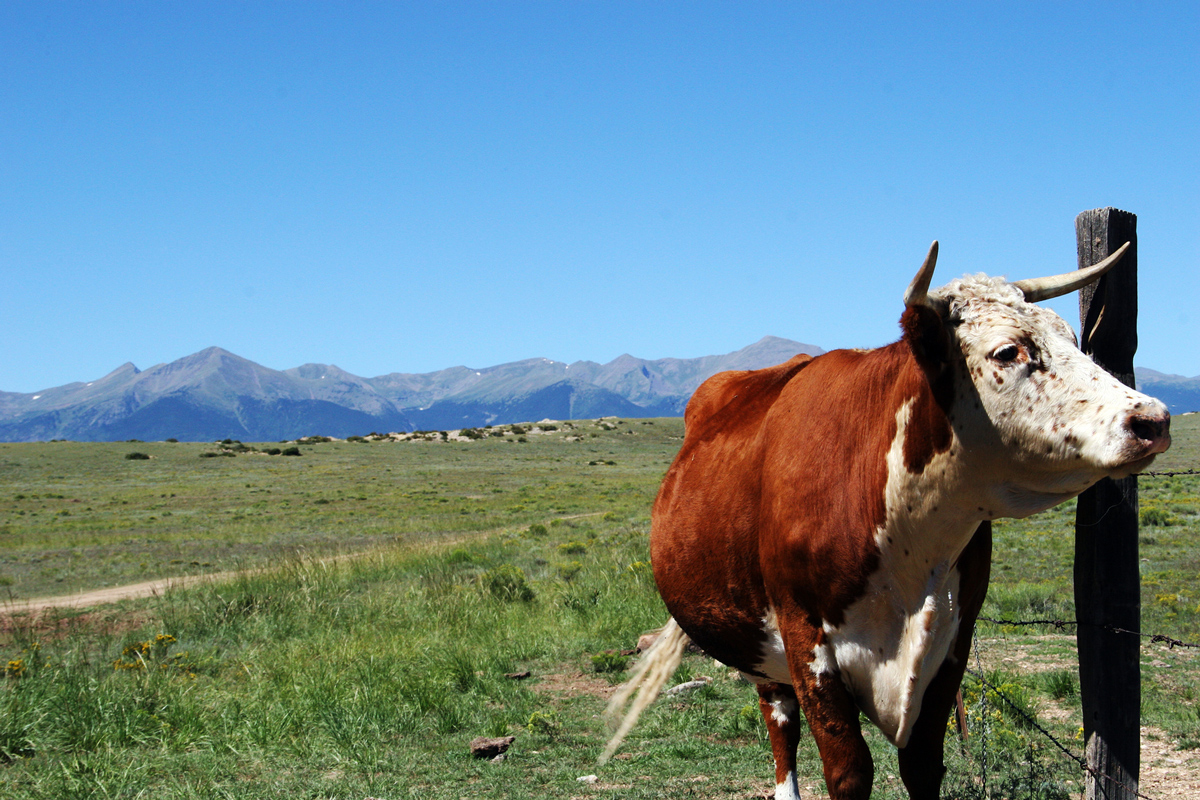A recent study compared the nutrient content of grass-fed versus corn-fed beef. The findings were significant. Grass-fed beef had higher concentration of omega-3 fatty acids, a lower ratio of omega-6 to omega-3 fatty acids, higher b vitamin concentration, and higher content of the anti-oxidants vitamin E and beta-carotene.
This calls to question the advice of agencies that recommend a diet low in red meat. The data used to make this recommendation did not separate grass-fed from corn-fed beef. Wouldn’t it be interesting to see this data? I predict that if these studies were stratified by the diet of the animal the outcomes would show that meat of animals fed their natural, grass-fed diet would NOT have the health-risks attributed to red meat.
Grass-fed beef does cost more than mass-produced beef. An article in Consumer Reports explains the increased cost as follows: “It can take a farmer up to a year longer (and an extra year’s worth of food, care, and labor) to get a grass-fed animal to reach slaughter weight than for a conventionally raised one. Grass-fed cattle also tend to be smaller at slaughter, so there’s less meat to sell per head.” Of course. They are not pumped up with fat-producing corn near slaughter, which makes conventional beef pack on the pounds. (Hmmm… I wonder if this corn-fed, high-carb, processed-food diet would also cause humans to pack on pounds?)
In addition to the improved nutrient-content of grass-fed beef, one should also consider the absence of harmful ingredients in the meat. Most ranchers who take the time to raise grass-fed beef also adhere to the principle of not routinely giving the animals antibiotics. Meat raised in this manner is much less likely to contain dangerous antibiotic-resistant bacteria.
Where can you find grass-fed beef? Some grocery stores sell it. This beef is often imported from New Zealand or Australia, where year-round grazing opportunities make it less expensive to produce. Thanks very much to a local sleuth, Jeanne, who provided me with a list of suppliers in McHenry County who sell grass-fed beef. I’m including her comments in the list in case they are helpful to you:
- Whole Foods (Schaumburg) has the widest selection of, and priciest, grassfed beef.
- Trader Joe’s has grassfed ground beef, but we find it tastes odd.
- Fresh Market (Crystal Lake) usually has grassfed ground beef, and sirloin. Sometimes they have stew beef.
- Woodman’s (Randall Road in Algonquin) has grassfed ground beef, brisket, stew meat, and a couple of types of steaks. Warning: they only accept cash or checks.
- Jewel (Woodstock) has grassfed ground beef and occasionally sirloin.
As I mentioned above, most of the meats available at grocery stores is sourced from Australia or New Zealand due to the longer growing season. Grass-fed beef is also available from some local ranchers. Sadly, the local ranch in Marengo, Q7 Ranch, is currently not selling beef. Reimer Family Farm, based in Wisconsin, conveniently sells at the Woodstock Farmer’s Market. They maintain sustainably-raised beef, grass-fed during the nice weather, and when grain is needed in bad weather, they use non-GMO.
Click here to go to the Reimer Family Farm website.
Eat Wild is a website that has compiled a nation-wide list of suppliers of grass-fed beef and other meats. Click here to go to the Eat Wild website.
Now I’d like to hear from you. Please comment if you have additional information on local-availability. Let’s help each other eat healthy!





